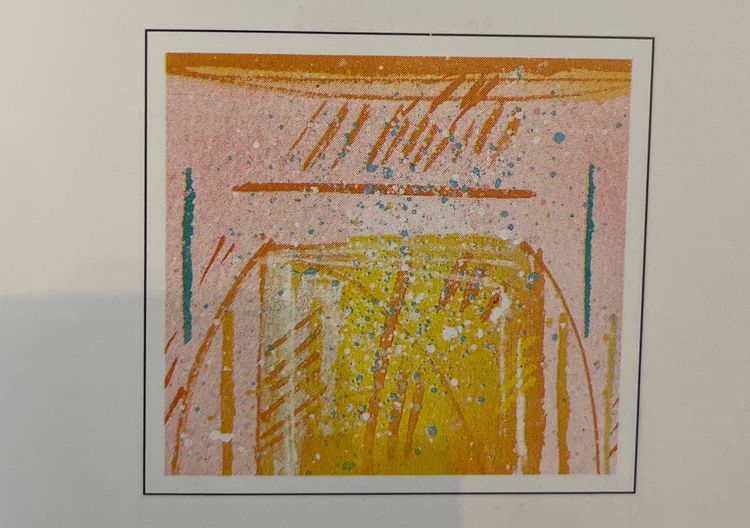Reverse Boiling Frog

The boiling frog story is quite well-known. The idea is as follows: You take a frog, put it in a pot of water, and then warm up the water not too fast, then the frog will not know what is happening and would boil alive.
The story is often used as an analogy or metaphor. It can bring to light a specific problem that people might encounter. That’s the problem of an environment that has creeping changes for the worse, at a slow enough rate that people remain undisturbed or even notice the changes.
Lesson learned: Watch out when things deteriorate slowly.
I think the metaphor becomes even more interesting if we reverse the story. In the original story, the environment goes from bad to worse. Normal water becomes warmer then boiling. In a reverse story, the environment would go from good to great: The frog is in the water at normal temperature and then we add some lichens, some small fish, some shade here, some sun there.
Would the frog notice? If we turned the pot of water into a thriving habitat, and do it slowly enough, would the frog become more comfortable? That might be a good experiment to run. For the purpose of crafting a reverse story, I assume it will not. Let’s suppose the frog will remain indifferent to our efforts to make its life better.
Just like the original story of the boiling frog, the reverse boiling frog story serves as a good parallel to highlight the relation between humans and our environment. On the one hand, slow-enough deterioration of a culture or society can pass unnoticed. In more extreme cases, this can even be welcomed by the people undergoing those changes. On the other hand, it is very easy to take for granted improvements to our wellbeing.
The lesson to learn from the reverse story: Watch out when things improve, balance criticism with gratitude.
The asymmetry
In my experience, it is easier to detect deteriorations than it is to notice improvements. Put differently, my internal alarm system is primed most of the time. Even when shifts in the environment are small, they won’t fly under the radar and my critical mind will detect them. I would take that statement even further: Like many other people, I often imagine problems and anticipate hardship or challenging moments despite knowing that they are not real and unlikely to manifest. Improvements, however, are more tricky. They do manage to fly under the radar more often than I’d like to admit.
There is an asymmetry: It is more advantageous to notice degradations versus noticing improvements. This may be explained through evolutionary pressures and is linked to the negativity bias.
But more importantly, this asymmetry is a good reason why the reverse of the boiling frog story is more useful as a metaphor, compared to the original version of that story. I used this reverse story in a recent presentation I gave, at the “Gateway to Cosmos” conference, and wanted to share it in writing also.



Comments ()